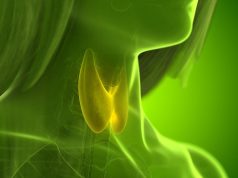Strongest association seen for first stroke and weaker associations seen for cardiovascular events, death after stroke
TUESDAY, Oct. 4, 2022 (HealthDay News) — Ambient air pollution is associated with the progression of stroke, according to a study published online Sept. 28 in Neurology.
Fei Tian, M.D., from Sun Yat-sen University in Guangzhou, China, and colleagues examined the effects of ambient air pollution on the progression trajectory from healthy to incident stroke, poststroke cardiovascular diseases (CVDs), and subsequent death. The analysis included 318,752 participants from the U.K. Biobank.
The researchers found that each 5 μg/m3 increase in fine particulate matter, nitrogen dioxide, and nitrogen oxides was associated with the transition from healthy to incident stroke (hazard ratios [95 percent confidence intervals], 1.24 [1.10 to 1.40], 1.02 [1.00 to 1.03], 1.01 [1.00 to 1.02], respectively), and transitions from healthy to death directly (hazard ratios [95 percent confidence intervals], 1.30 [1.21 to 1.40], 1.03 [1.02 to 1.04], and 1.02 [1.01 to 1.02], respectively). There was also a positive association seen for poststroke CVDs, especially for nitrogen dioxide (hazard ratio, 1.04; 95 percent confidence interval, 1.02 to 1.06). However, these effects gradually declined for mortality outcome.
“We found that high levels of air pollution were associated with increased risks of transitions from being healthy to a first stroke, cardiovascular events after stroke, and death, but with a stronger effect on the transition from being healthy to having a stroke,” a coauthor said in a statement. “These results indicate that understanding and reducing the effects of air pollutants on different transition stages in stroke will be beneficial in managing people’s health and preventing the occurrence and progression of stroke.”
Copyright © 2022 HealthDay. All rights reserved.








